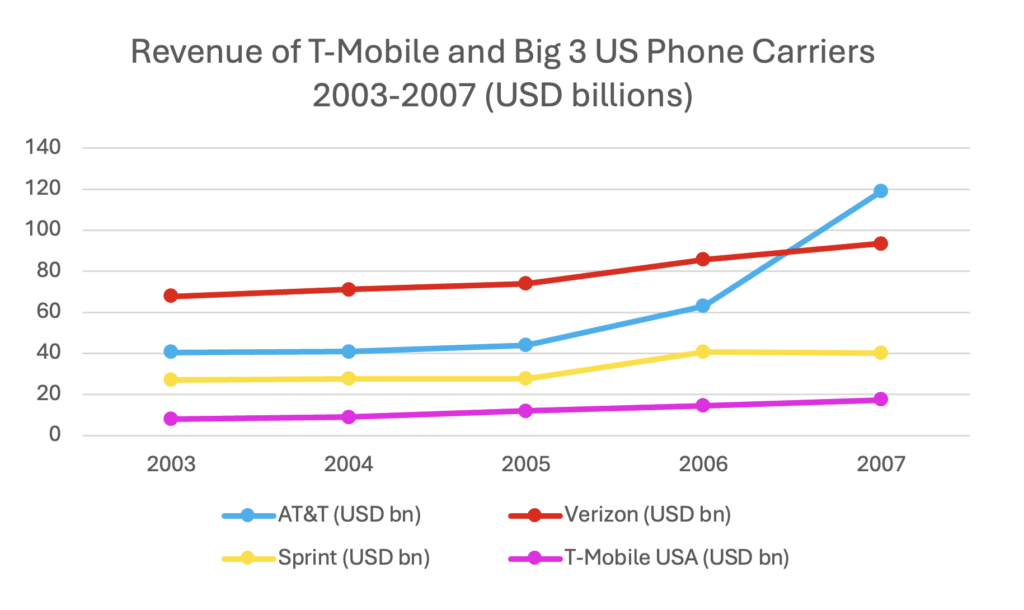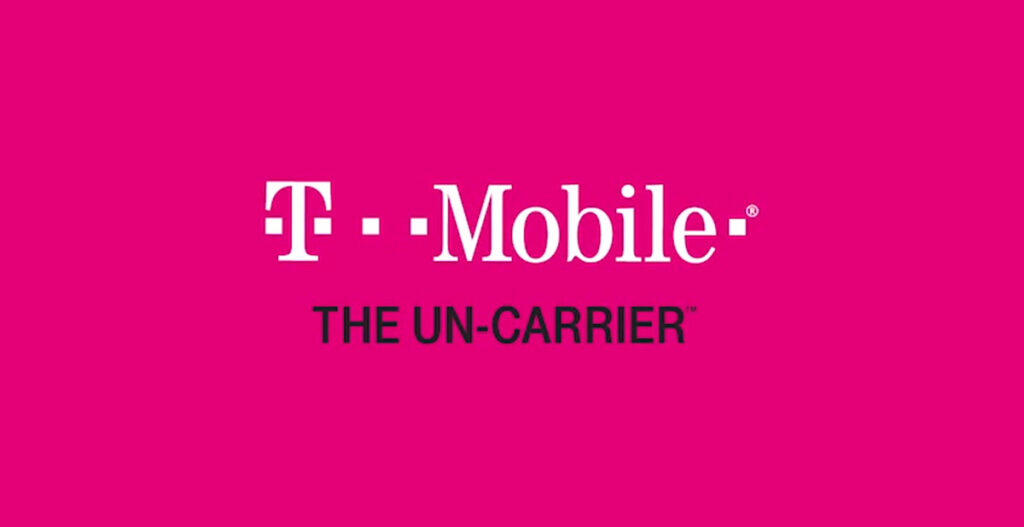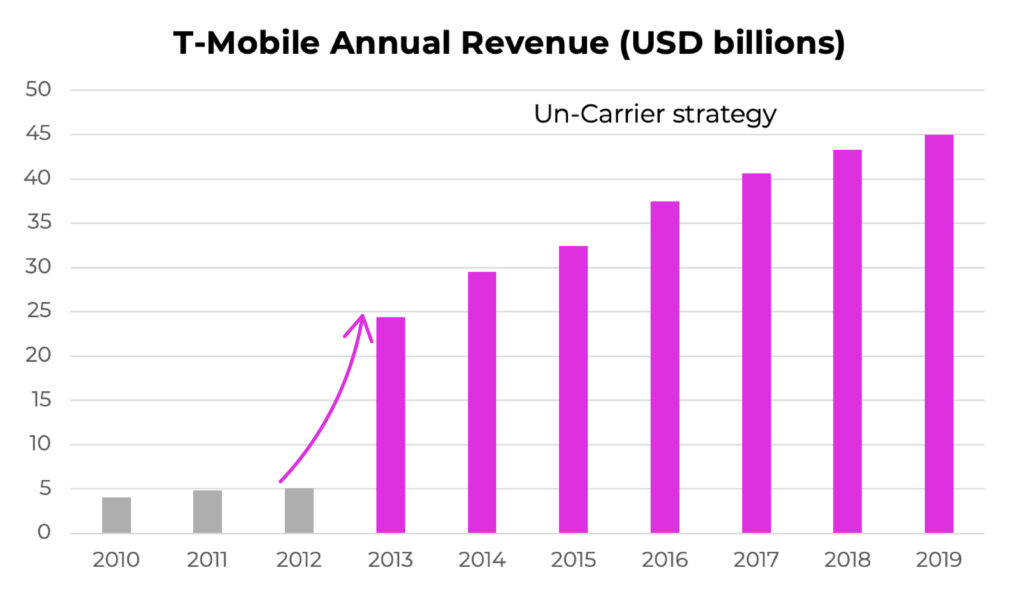by Daniel Wecke
German companies have great products, but do they have strong US brands? German products stand out for exceptional engineering, precision, and reliability. But German companies have forgotten about the importance of brands. In Germany, and most of Europe, they don’t need to focus on brands so much because they already have strong ones. In the US, they don’t have strong brands. Many barely have brands at all. There are two standouts, BMW and T-Mobile. But these are the only iconic brands that leap to mind.
Product alone is not enough. German companies are relying on the old dictum “Wer das bessere Produkt hat, dem laufen die Kunden von selbst zu” (“Whoever has the better product, customers will come on their own.”) But it’s just not true. If people don’t know you have a better product, they won’t buy it. They’ll go for something which may be half as good and twice the price but has a brand they know and love.
Strong US brands needed now more than ever
The need German companies to have strong US brands has long been great, but now is greater than ever. Tariffs may be coming and going at the speed of light, but we seem to be stuck with them for critical components of German products, such as steel and aluminum. German companies are well aware of this and have been expanding their local manufacturing in the US for quite some time. But this isn’t enough. Making more doesn’t mean you’ll sell more.
To sell more, you need a brand that has awareness, conveys a meaning, makes an emotional connection, and stands out from others. Today, German companies in the US deliver great products but their offerings have no meaning for consumers, because they don’t know them or what they stand for.
There are huge rewards to be gained for German companies that invest in building strong US brands in the US. This will mean creating brands for the US which are different from those elsewhere. This doesn’t mean completely different, just adapted to the local culture.
BMW’s approach to US branding
BMW has led the way. Globally, BMW has had a single brand positioning since 1962: “Freude am Fahren.” This means “Sheer Driving Pleasure.” However, in the US it was deliberately translated into a more performance-focused slogan “The Ultimate Driving Machine.” This had enormous appeal to men for whom it represents a symbol of their success. In 2010, in an attempt to broaden its appeal and attract more women, BMW US switched to the “Joy of Driving,” a more literal translation. The Joy campaign bombed, started a public uproar, and was dropped after 2 years.

T-Mobile is now iconic anUS brand
T-Mobile got it wrong at first. When Deutsche Telekom bought Voice Stream Wireless in 2002, it adopted its German brand name, T-Mobile, and communications strategy. The business struggled for years and was seen as an inferior, cheap, German alternative to the US big 3 of AT&T, Verizon and Sprint.
Things started to change after 2010, when the US business took the wise decision of not following the rest of the world and not changing the brand to the more Germanic Telekom. T-Mobile took a major leap in creating a distinctly US brand in 2013, when it launched its “Un-Carrier” strategy, a bold approach that directly addressed consumer frustrations such as rigid contracts, complex pricing structures, and lack of transparency. This customer-first strategy not only differentiated T-Mobile but also resonated deeply with American customers, fueling rapid market expansion.
Advice for creating strong US brands
BMW has created a strong US brand by tweaking the global brand to adapt to US culture, while hyping up its German-ness and making a brand advantage out of US perceptions of German engineering as being superbly engineered. The T-Mobile example shows that great rewards can also be achieved if you can build a strong brand that is seen as belonging to the US, and to US customers.
What both these German brands have in common is that they have taken branding seriously and invested in locally relevant brands and marketing. You don’t have to invest as much as T-Mobile, which has over $80 billion in sales and spends $2 billion on advertising, or even BMW, which does more with less, but still spends a lot—around $200 million for US revenues of $160 billion. You can do via social media events, guerilla marketing, but you do have to invest.
German companies in the US market, from industrial powerhouses to automotive leaders, can benefit from investing in creating strong US brands. A strong brand is not just about reputation—it is a financial asset that drives pricing power, customer retention, and resilience in volatile markets. Companies that invest in building brand in their recruiting, with their employees, end-customers, distributors, and the media, consistently see greater sales and market share growth and sustained profitability. They do this through storytelling on digital, social and physical media to create emotional engagement and trust, which are as important in B2B as B2C.
German companies with strong products can accelerate their sales through marketing their brands. What should German companies in the US be looking at? What should they be investing in?
- Adapt their global brand positioning to fit US culture: The world’s most iconic German brands, including BMW, know this. Top US brands change their branding, marketing, and adapt their product to fit other markets.
- Stand out from competitors: The most successful brands in the US are instantly recognizable with positioning, communications, and graphical and product designs that are differentiated.
- Build a strong talent brand: Many German companies struggle to recruit in the highly competitive US market because they are not known. Brand building should start with a focus on attracting and motivating employees.
- Pick the most effective and efficient form of communications: Whether you are marketing to consumers or business customers, you need influencers, you need to optimize your digital presence, leverage social media, content marketing, and use data-driven insights.
- Measure the results: It’s easy to do. Monitor your success, adapt when needed, link to financials. Demonstrate that investment in brand increases your financial value and delivers ROI.
A signal of successful and strong US brands: When your brand is seen as indigenous as T-Mobile is in the US or that appeals to US consumers like BMW, sales grow and profits soar.


